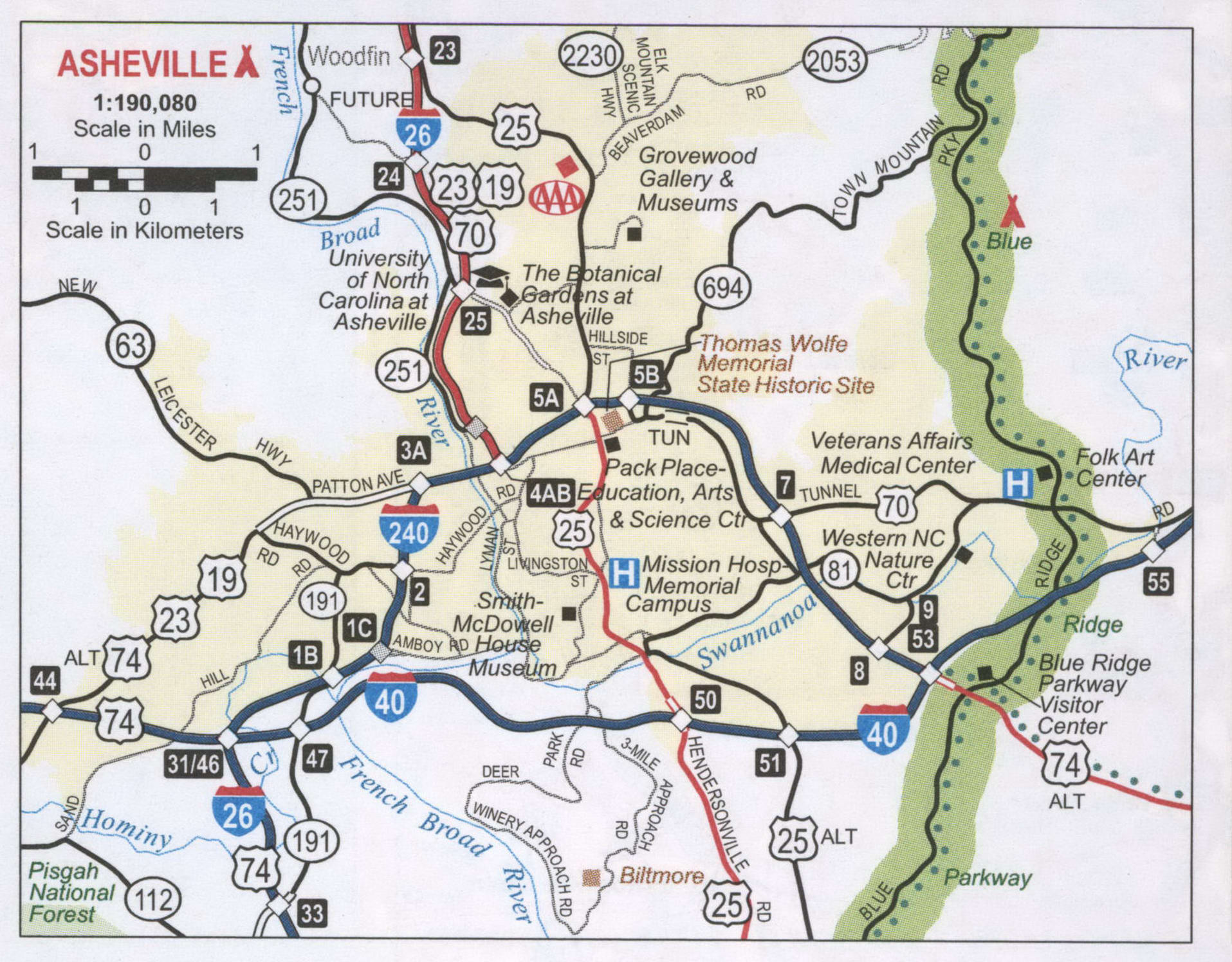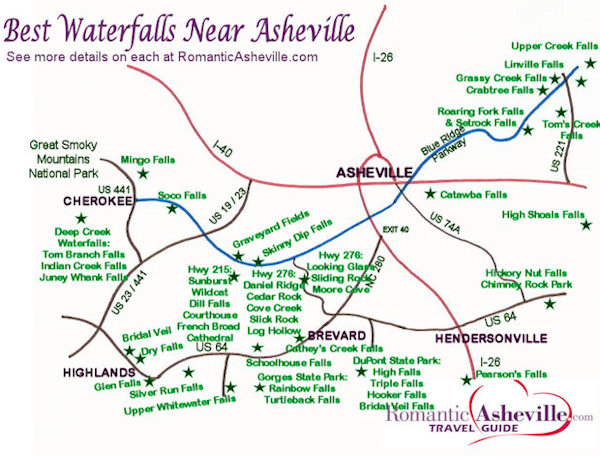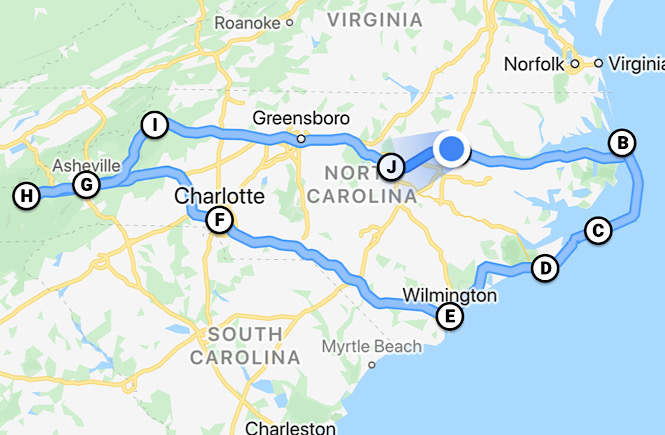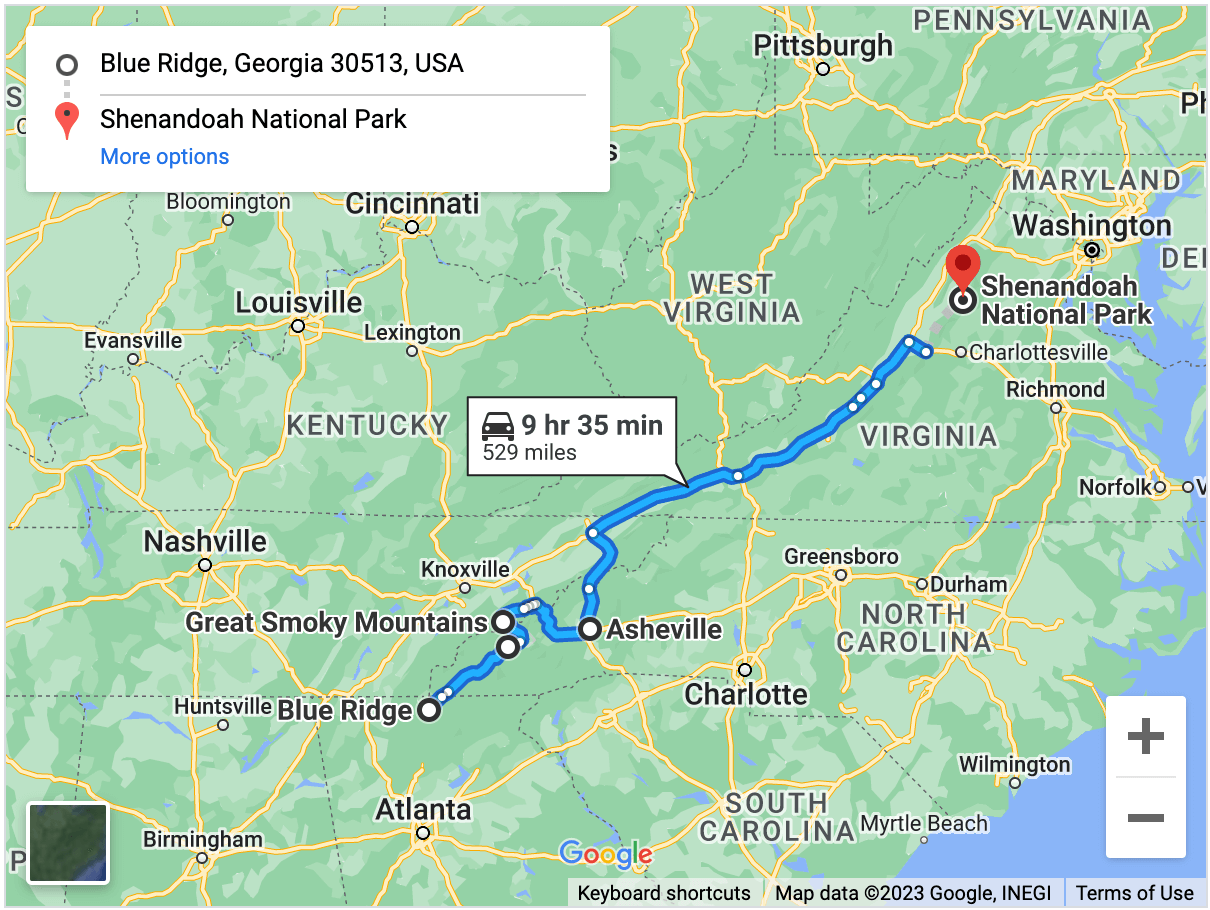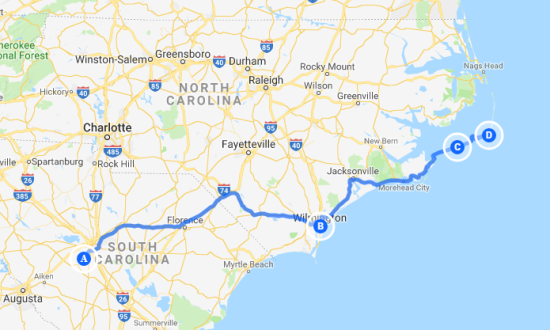Driving Distance Between Asheville And Marble North Carolina
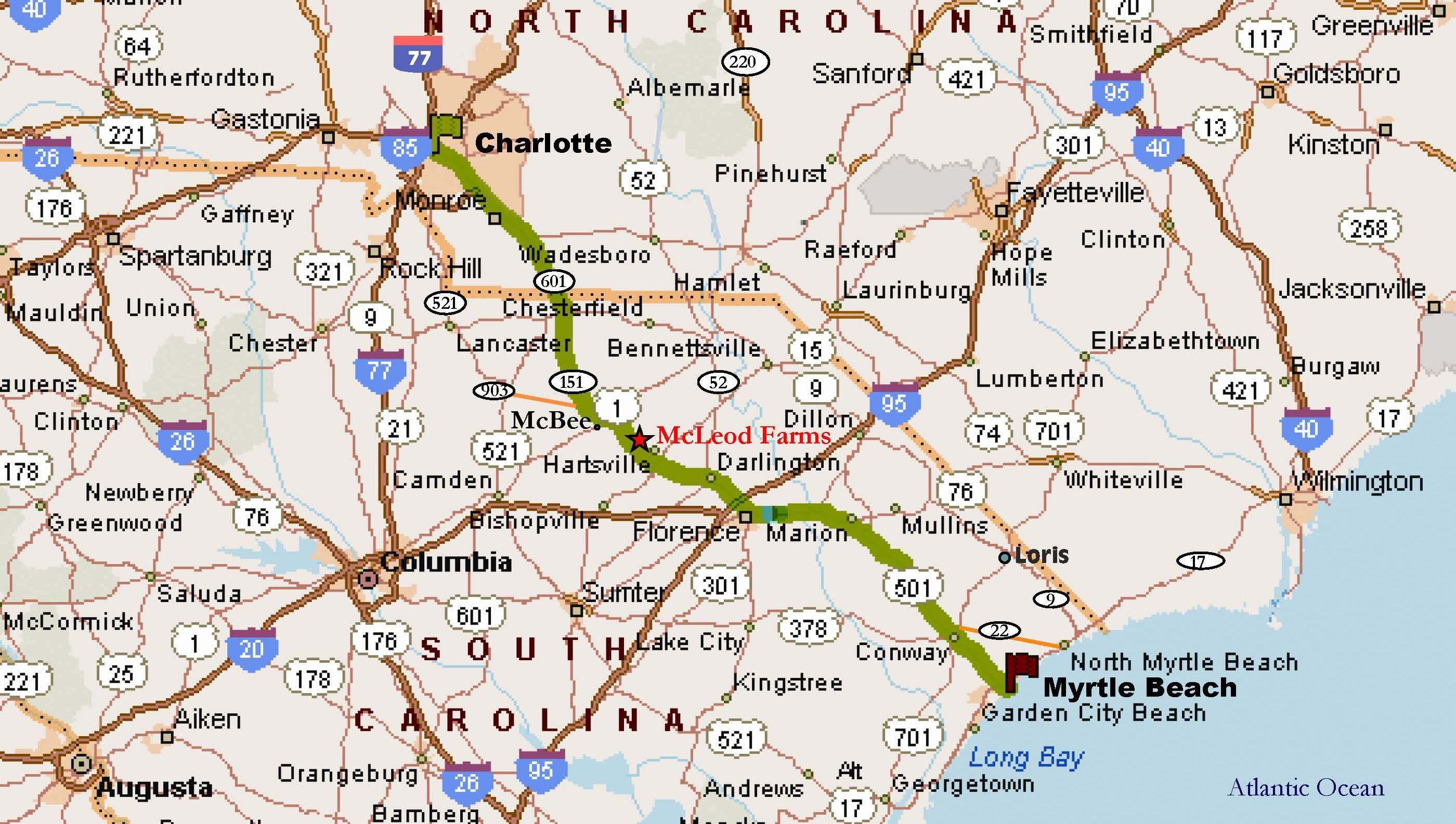
The question of distance, seemingly simple, often belies a complex reality, particularly when navigating the winding roads of Western North Carolina. For those considering a journey between the vibrant city of Asheville and the serene town of Marble, the answer isn't merely a number of miles but a tapestry of factors influencing travel time and experience.
Understanding the nuances of this route is crucial for both leisure travelers and those with essential business. Whether seeking the artistic allure of Asheville or the tranquil embrace of Marble, careful planning is paramount. The following explores the distances, routes, and potential challenges of traveling between these two distinct North Carolina destinations.
The Core of the Matter: Distance and Routes
At its heart, the drive between Asheville and Marble, North Carolina, presents a deceptively straightforward geographical challenge. Official mapping services, such as Google Maps and MapQuest, generally report a driving distance of around 90 to 105 miles. This variance largely depends on the specific route chosen.
The most direct route typically involves taking US-19 S and US-74 W. This path cuts through the scenic landscapes of the region, offering glimpses of the Appalachian Mountains. However, it's essential to remember that "direct" doesn't always equate to "fastest."
An alternative route might involve I-26 W to US-64 W, or a combination of state highways. These routes could offer slightly different scenery or potentially avoid areas known for congestion.
Factors Affecting Travel Time
While distance provides a baseline, actual travel time is heavily influenced by several variables. Road conditions, traffic, and the driver's familiarity with the area all play significant roles. Estimating the journey requires considering these factors, not just the mileage.
The mountainous terrain of Western North Carolina inherently impacts driving speeds. Winding roads with frequent elevation changes necessitate cautious driving, significantly increasing travel time.
Weather conditions can further complicate matters, particularly during winter months. Snow and ice can render certain roads treacherous, requiring detours or even postponing travel plans. The North Carolina Department of Transportation (NCDOT) provides updates on road closures and conditions, which are vital for safe travel.
"Planning ahead and checking real-time traffic information is crucial for anyone traveling through the mountains," says Sarah Miller, a spokesperson for NCDOT. "Road conditions can change rapidly, especially during inclement weather."
Traffic patterns can also cause delays, especially during peak tourist seasons or around Asheville. Construction projects or accidents can further disrupt traffic flow, adding unforeseen time to the trip.
A Closer Look at the Routes
Understanding the nuances of each route is essential for informed decision-making. The US-19 S and US-74 W route, while direct, features numerous curves and limited passing opportunities. Patience and caution are key on this route.
The I-26 W and US-64 W route offers a mix of interstate and highway driving. The interstate portion allows for higher speeds, but the transition to US-64 W can introduce similar challenges as the direct route, with winding roads and elevation changes.
Drivers should also be aware of the specific towns and landmarks along each route. Passing through communities like Murphy or Hayesville can add character to the journey but also require adjusting to local speed limits and traffic patterns.
Perspectives from Locals
For those familiar with the area, anecdotal evidence often provides invaluable insights. Local residents often have preferred routes or strategies for navigating the mountain roads.
"I always check the traffic reports before heading out," says David Reynolds, a resident of Marble who frequently travels to Asheville. "Sometimes, taking a slightly longer route is actually faster if it avoids congestion."
Another resident, Emily Carter, advises: "Give yourself plenty of time and enjoy the scenery. Rushing through the mountains is a recipe for disaster."
Preparing for the Journey
Regardless of the chosen route, proper preparation is essential for a safe and enjoyable trip. This includes ensuring that your vehicle is in good working order, packing essentials such as water and snacks, and informing someone of your travel plans.
Downloading offline maps can be beneficial, as cell service can be spotty in certain areas. A physical map can also serve as a backup in case of technological glitches.
Finally, allowing ample time for the journey is crucial. Rushing can lead to mistakes and increase the risk of accidents.
Looking Ahead: Future Improvements
Efforts are continually underway to improve infrastructure in Western North Carolina. NCDOT is actively involved in projects aimed at widening roads, improving bridges, and enhancing safety features.
These improvements, while often disruptive during construction, are expected to gradually ease traffic congestion and reduce travel times in the long run. Staying informed about these projects can help travelers anticipate potential delays and plan accordingly.
In conclusion, the drive between Asheville and Marble, North Carolina, is more than just a simple point-to-point journey. It is an experience shaped by distance, terrain, weather, and individual preparation. By understanding these factors and planning accordingly, travelers can ensure a safe and enjoyable passage through the scenic beauty of the region.

